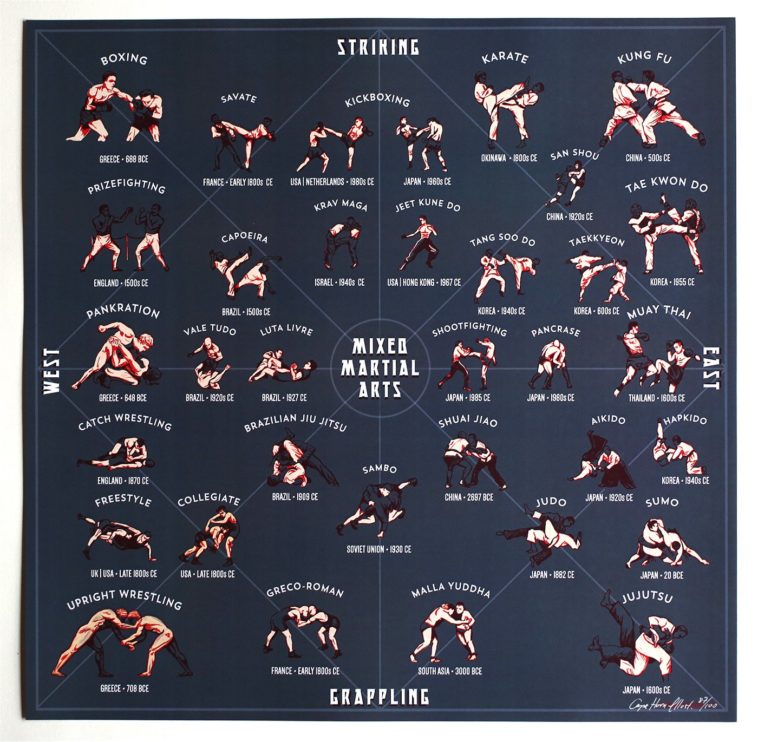Checking Out The Distinctions In Between Typical Martial Arts And Contemporary Battle Sports
Checking Out The Distinctions In Between Typical Martial Arts And Contemporary Battle Sports
Blog Article
Created By-Skovbjerg Rocha
When you think of martial arts, do you lean a lot more towards the standard techniques or the contemporary combat sporting activities? Each path provides distinct advantages and experiences, formed by their viewpoints and training techniques. click here for info and technique, while contemporary battle sporting activities concentrate on competitors and performance. Comprehending these differences can lead you in choosing the right strategy for your journey. But exactly how do these differences materialize in training and philosophy?
The Viewpoint and History Behind Typical Martial arts
While many people connect martial arts with physical combat, the ideology and background behind traditional martial arts run much deeper. You'll find that these self-controls emphasize personal development, technique, and respect.
Stemming from ancient techniques, standard martial arts were usually established for Self-Defense and spiritual growth. They personify principles such as balance, consistency, and self-constraint, guiding professionals past plain combating abilities.
As you train, you'll not only discover strategies but also get insights right into the culture and values that formed these arts. The rituals and customs, frequently passed down with generations, cultivate a sense of area and belonging.
The Affordable Nature of Modern Combat Sports
Modern battle sports have actually changed the landscape of martial arts into an extremely competitive arena, where athletes face off in an examination of ability, strategy, and endurance.
You'll notice that competitions are commonly arranged with strict regulations and guidelines, making certain fair play and safety and security. https://devinclvdl.csublogs.com/41475058/building-technique-and-emphasis-the-influence-of-kids-martial-arts-programs bring in big target markets, sustaining the exhilaration and intensity of competitions.
Athletes train rigorously, not just for physical prowess but also for psychological strength, recognizing that every information counts in the ring. martial arts for adults beginners near me during competitions is palpable, as boxers press their limits to declare success.
Fans value the athleticism and artistry entailed, making contemporary combat sporting activities a thrilling spectacle that continues to evolve and captivate lovers around the globe.
Training Techniques and Strategies: A Relative Analysis
The affordable environment of contemporary combat sporting activities demands innovative training methods that vary substantially from conventional martial arts.
In modern-day training, you'll concentrate on details methods, sparring, and conditioning, frequently using drills that imitate actual fight situations. You'll see an emphasis on measurable performance and regular competitors to analyze your abilities.
On the other hand, typical martial arts focus on forms, katas, and thoughtful mentors, often highlighting technique and respect over competitors.
Training is typically less extreme and might involve repeated method as opposed to real-time sparring.
While both approaches construct skill and health and fitness, modern combat sporting activities give a more dynamic and adaptable training setting, preparing you for immediate difficulties in the ring or cage.
Choose the course that straightens with your objectives and rate of interests.
Final thought
In picking in between standard martial arts and contemporary fight sporting activities, it really boils down to what you value most. If you're seeking individual development, self-control, and a feeling of neighborhood, standard arts may be your ideal fit. Yet if you grow on competitors and real-time challenges, modern-day fight sporting activities could be the method to go. Ultimately, both paths provide distinct benefits, so it's everything about straightening your training with your individual goals and interests.
